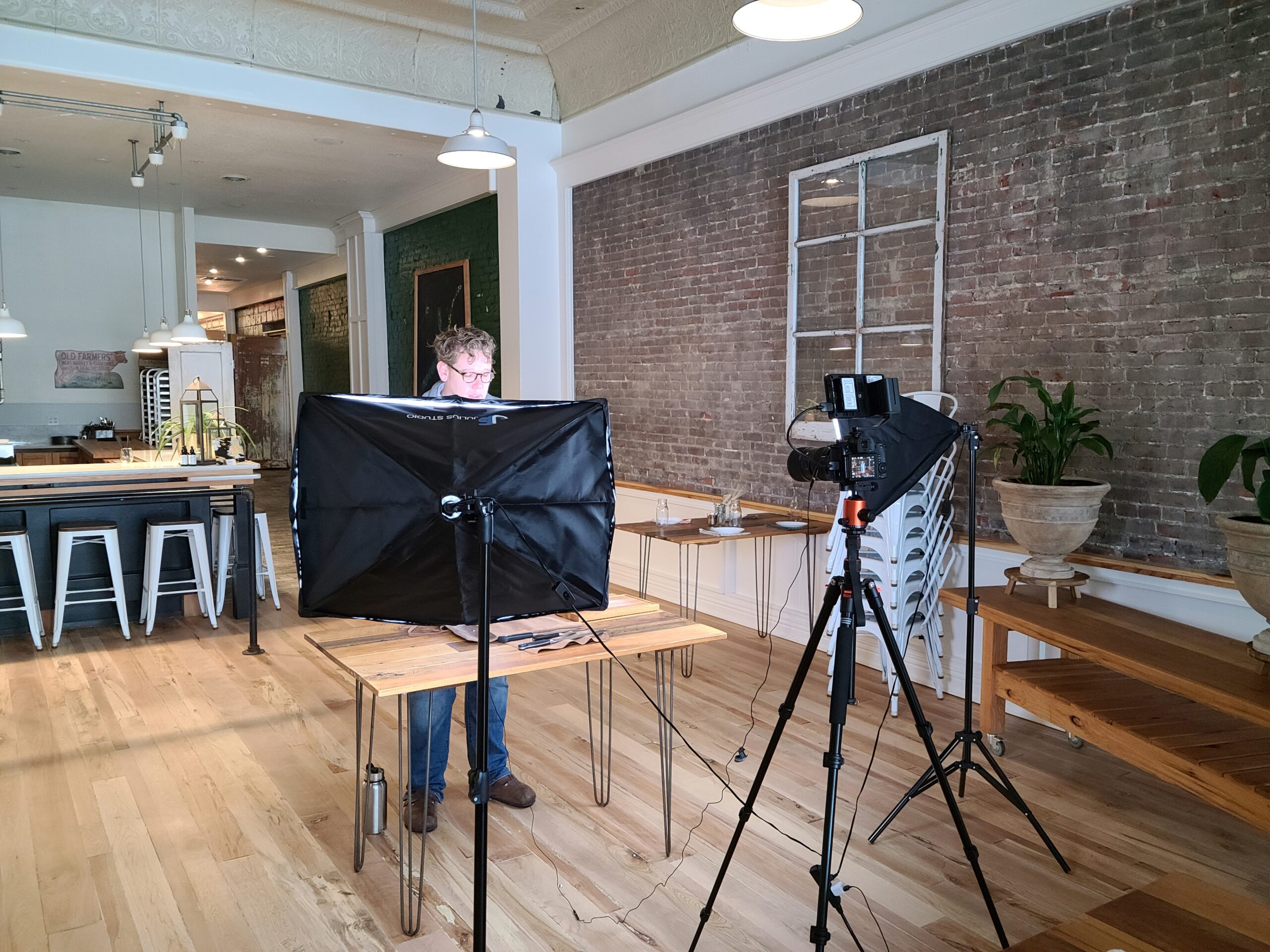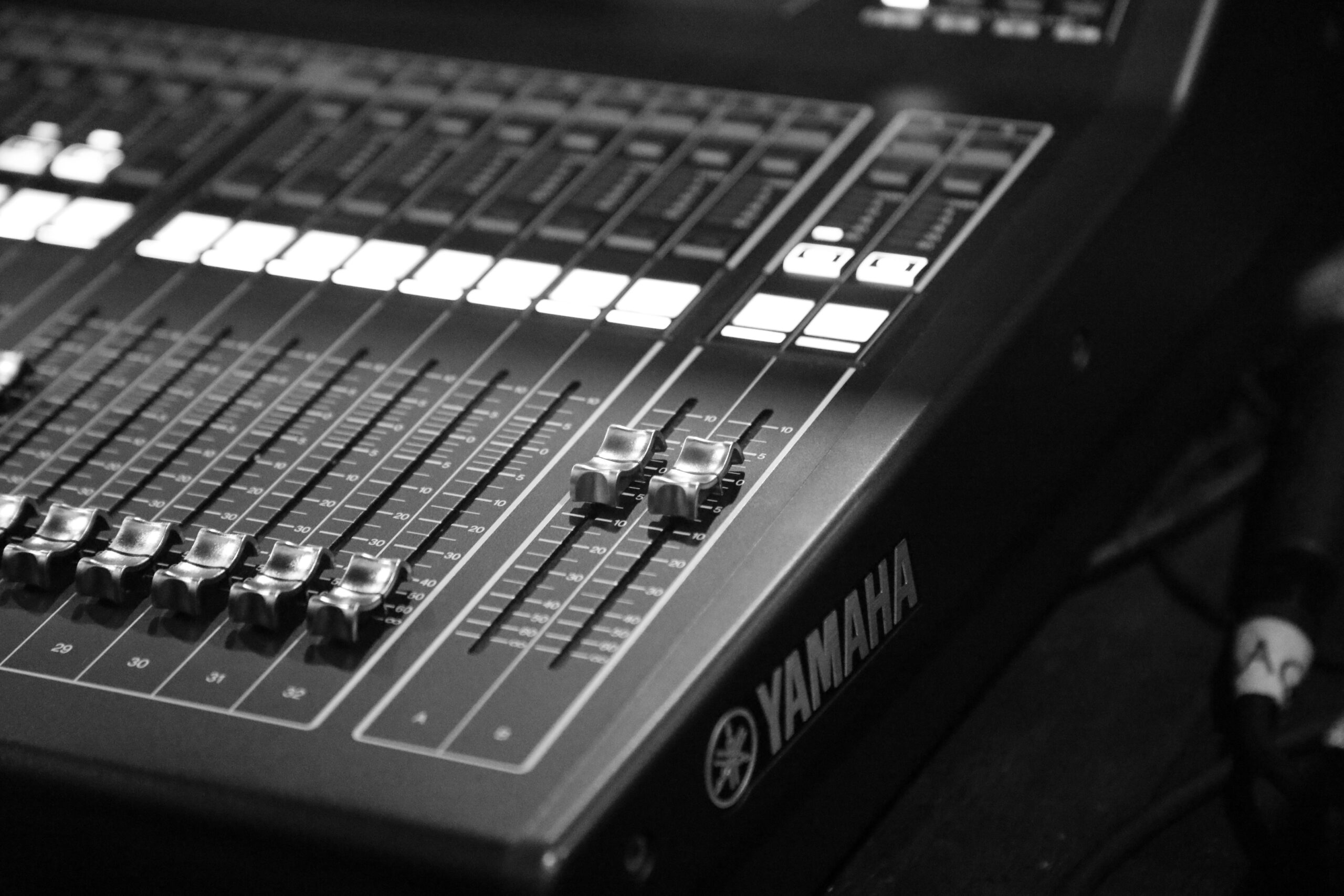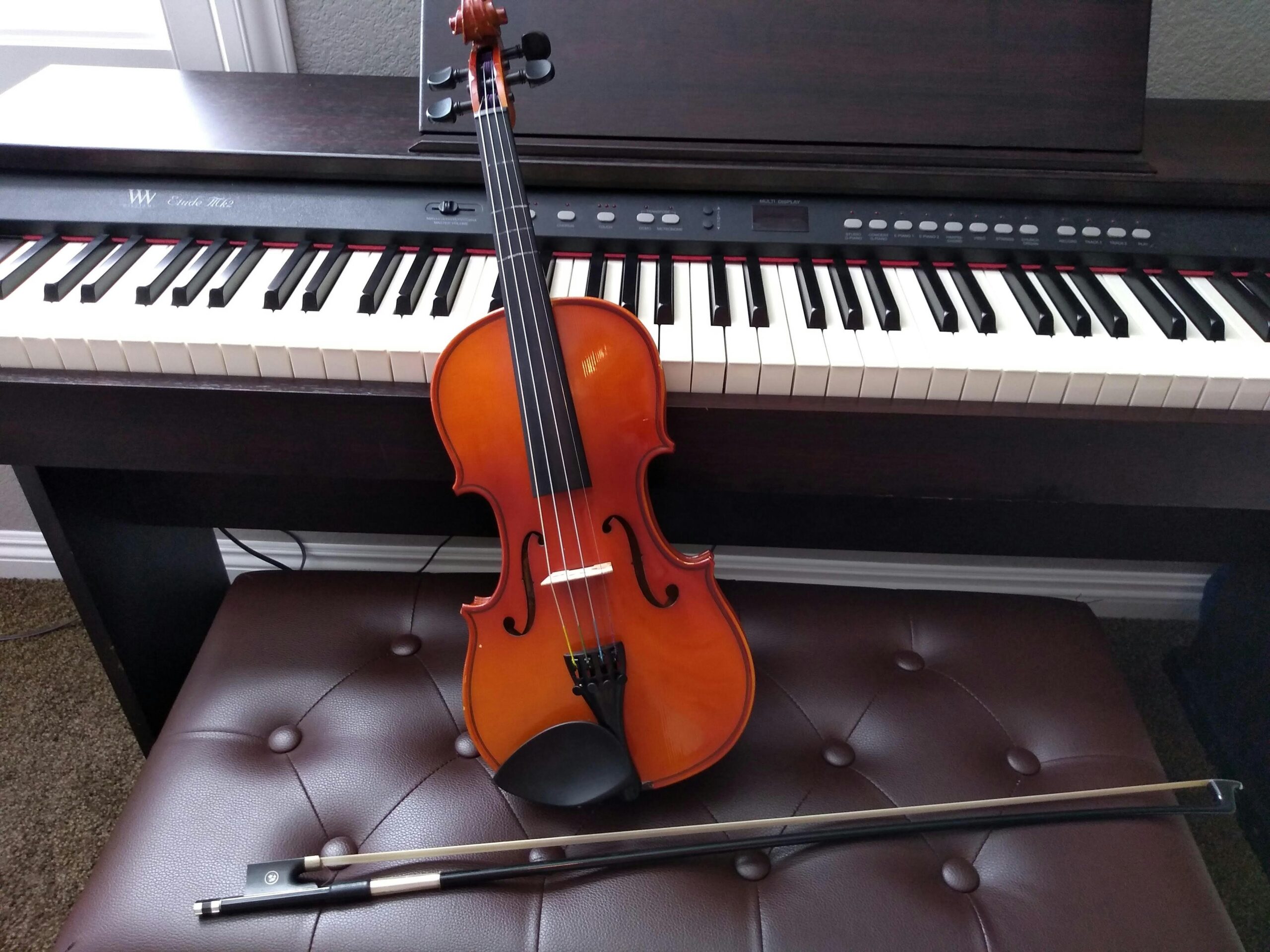No products in the cart.
Evaluating Built-In Speakers: Clarity and Immersion in Sound Quality
Introduction to Built-In Speakers
Built-in speakers have become an integral component of many modern devices, including televisions, laptops, and soundbars. These speakers are designed to deliver audio output directly from the device, eliminating the need for external audio equipment. This built-in feature provides a convenient solution for users who seek effective sound delivery without the complexity and additional costs of external sound systems.
The significance of sound quality in built-in speakers cannot be overstated. As media consumption continues to evolve, particularly with the rise of streaming services and high-definition content, users increasingly expect both clarity and depth in audio presentations. Built-in speakers must be capable of reproducing sound across various frequencies, ensuring that dialogue, music, and sound effects are delivered with accurate detail. In many instances, users may find themselves relying solely on these speakers, making their performance paramount to the overall experience of the device.
To effectively evaluate the sound quality of built-in speakers, several criteria need to be considered. Key aspects include frequency response, dynamic range, and overall clarity. Frequency response measures how well a speaker reproduces various audio frequencies, reflecting its ability to deliver both low bass and high treble sounds. Dynamic range refers to the difference between the quietest and loudest sounds a speaker can produce, which greatly impacts the emotional engagement with audio content. Lastly, clarity involves the precision of sound reproduction, ensuring that listeners can discern individual elements within a mix without distortion or muddiness. Such considerations are crucial when assessing the capabilities of built-in speakers in today’s multimedia landscape, ensuring a fulfilling auditory experience for users who prioritize sound quality.
The Importance of Clarity in Audio
Clarity plays an indispensable role in the evaluation of sound quality, influencing the listener’s overall experience of audio content. It refers to the precision and distinctness of sound, which is vital for effective communication, especially in dialogue-driven media such as movies and television, as well as in musical performances. When audio lacks clarity, essential elements can become muddled, leading to a diminished emotional connection with the content. This is particularly evident in scenarios where speech intelligibility is critical; if dialogue is unclear, the narrative is compromised, leaving listeners frustrated and disengaged.
Several factors contribute to the clarity of sound produced by built-in speakers. The design of the speakers themselves is paramount; well-engineered speakers that utilize appropriate driver configurations can accurately reproduce higher frequencies, ensuring that vocals and instruments maintain their distinct sonic characteristics. Additionally, the choice of materials affects both the resonance and dampening properties of speakers. Drivers constructed from lightweight yet rigid materials tend to exhibit superior transient response, providing greater clarity in sound reproduction.
Moreover, technology plays a significant role in enhancing audio clarity. Advanced features such as digital signal processing (DSP) help to refine sound output by adjusting various aspects of audio signals in real-time. Through equalization, users can tailor sound profiles to emphasize clarity in desired frequency ranges, facilitating an immersive auditory experience. Moreover, the implementation of noise-cancellation algorithms can further streamline audio output by reducing unwanted sounds that obscure clarity, allowing for a more focused listening environment.
In evaluating built-in speakers, understanding the factors that contribute to sound clarity is essential. As audio quality increasingly becomes a distinguishing factor in consumer electronics, stakeholders must prioritize clarity to enhance overall audio enjoyment.
Factors Affecting Sound Immersion
Sound immersion is a critical aspect of audio experiences, significantly influenced by several key factors. At the core of sound immersion lies the concept of spatial audio, which aims to create a three-dimensional sound field around the listener. This effect encourages a natural listening experience, allowing the listener to perceive sounds as if they are coming from various directions, thus enhancing engagement and realism.
Sound staging, which refers to the perceived location of sound sources, plays a pivotal role in achieving immersive sound quality. A well-defined sound stage allows listeners to identify where sounds originate, contributing to a more lifelike experience. Proper calibration and speaker arrangements can enhance sound staging; for instance, positioning speakers at an optimal distance can prevent the overlap of sound waves, ensuring a clearer auditory experience.
Frequency response is another integral aspect of sound immersion. It describes how effectively speakers reproduce different audio frequencies. A balanced frequency response across the audio spectrum is crucial; if certain frequencies are overly pronounced or deficient, the auditory experience can be compromised. Bass depth, particularly, is essential for achieving a rich sound quality. Deep, controlled bass brings warmth and fullness to audio, which is necessary for transporting listeners into the soundscape.
Furthermore, speaker placement is vital in creating an immersive sound environment. Ideally, speakers should be positioned at ear level and angled towards the listener to facilitate optimal sound delivery. The room’s acoustics, including wall materials and furnishings, also affect how sound waves interact, which can either enhance or detract from overall immersion. By considering these various factors, one can achieve a remarkable listening experience that captivates the audience and showcases the importance of sound quality.
Technical Specifications to Consider
When evaluating built-in speakers, it is crucial to focus on specific technical specifications that significantly influence sound quality. Key factors such as wattage, impedance, frequency range, and driver size play a pivotal role in determining the clarity and immersion level of audio output.
Wattage refers to the amount of power a speaker can handle and directly affects the volume level and clarity of sound reproduction. Generally, higher wattage allows for louder sound without distortion, making it essential for spaces that require greater sound output. However, it is important to pair speakers of higher wattage with compatible amplifiers to maximize performance.
Impedance is another vital specification, reflecting the electrical resistance that the speakers present to the amplifier. Most commonly, built-in speakers feature an impedance of 4, 6, or 8 ohms. Choosing speakers with the right impedance for your amplifier ensures optimal performance and can significantly impact sound quality. Lower impedance typically provides a richer sound experience, especially at higher volumes.
The frequency range of a speaker defines its ability to reproduce sound across different pitches. A wider frequency range usually indicates a more versatile speaker capable of handling low bass tones and high treble notes. This diversity is imperative for achieving sound clarity, as it allows for a more balanced audio experience, enhancing immersion when listening to music or watching movies.
Finally, the size of the speaker drivers is a crucial consideration. Larger drivers often deliver deeper bass and overall richer sound, while smaller drivers can excel in higher frequencies. Thus, understanding the relationship between driver size and sound characteristics plays a fundamental role in assessing the overall sound quality of built-in speakers. By carefully examining these technical specifications, users can better appreciate the nuances of sound clarity and immersion provided by built-in audio systems.
User Experiences and Reviews
User experiences provide valuable insights into the effectiveness of built-in speakers across various devices. Many users express their appreciation for the convenience and space-saving aspects of built-in audio systems. Particularly in televisions and laptops, the integration of speakers allows for a streamlined design that appeals to minimalist preferences. Reviews frequently highlight the importance of sound quality, emphasizing the need for clear audio output during media consumption, such as movies, music, and games.
A common sentiment among consumers is the trade-off between aesthetics and audio performance in built-in sound systems. While users appreciate the sleek designs of modern devices, some express frustration when audio clarity and immersion fall short of their expectations. Reviews often mention that the sound quality may be acceptable for casual listening but may lack the depth, richness, and dynamic range found in dedicated audio equipment. For instance, television users often report that while dialogue clarity is satisfactory, the overall audio experience may not adequately support robust sound effects or nuanced musical scores.
Conversely, several models have garnered praise for exceeding expectations in sound performance. Users rave about devices equipped with advanced audio technology, noting that these built-in speakers offer immersive sound quality that enhances viewing and listening experiences significantly. When brands invest in high-quality components and innovative audio engineering, users tend to notice an improvement in overall clarity and richness in sound, contributing to a heightened sense of realism during content playback.
In addition to performance reviews, feedback on user interfaces and connectivity options is prevalent. Many users appreciate seamless direct connections to various media platforms, allowing them to enjoy enhanced sound quality without the hassle of additional equipment. Overall, user reviews reflect a mixed but evolving landscape of built-in speaker technologies, highlighting the importance of balancing design with sound fidelity for an optimal audio experience.
Comparing Built-In Speakers to External Options
When evaluating audio performance in various devices, the choice between built-in speakers and external audio solutions, such as soundbars and standalone speakers, often arises. Built-in speakers are designed to provide convenient, space-saving audio, seamlessly integrated into devices like televisions, computers, and portable electronics. However, they frequently fall short of delivering the immersive sound quality demanded by audiophiles or even general users seeking an enhanced auditory experience.
One significant advantage of built-in speakers is their convenience. They require no additional setup or space, making them suitable for users with limited room or those who prefer a minimalist aesthetic. However, a key disadvantage is that these speakers often utilize smaller drivers, which can compromise their ability to reproduce deep bass and maintain clarity at higher volumes. Users might find that while built-in speakers are adequate for basic tasks, such as watching the news or casual music listening, they might struggle to provide the depth and nuance needed for movies or musical performances.
In contrast, external audio options such as soundbars and dedicated speakers are engineered to enhance sound quality considerably. These devices often feature larger drivers, advanced technologies, and additional components, which allow for a fuller range and better sound reproduction. Soundbars, for example, can create a more immersive experience by utilizing various speaker configurations and sound enhancement technologies. This is particularly beneficial in environments where surround sound or a cinematic experience is desired.
Ultimately, the decision hinges on the user’s audio needs and the environment in which the sound system will be used. While built-in speakers may suffice for everyday listening and small spaces, those seeking dynamic and powerful sound quality may find that investing in external audio solutions yields a significantly superior experience. Careful evaluation of one’s listening habits and expectations is essential in determining the most suitable option.
Technology Innovations in Built-In Speakers
Recent advancements in technology have significantly transformed the realm of built-in speakers, enhancing both clarity and immersion in sound quality. One of the most notable innovations is the integration of Dolby Atmos technology, which provides a three-dimensional audio experience. Unlike traditional surround sound systems that confine sound to a two-dimensional space, Dolby Atmos enables sound to come from above and around the listener, creating a more immersive environment. This is particularly beneficial in home theater systems and high-end televisions, allowing viewers to experience films and shows with unprecedented realism.
Another significant development in built-in speaker technology is the enhancement of surround sound capabilities. Modern sound systems now utilize advanced algorithms and multiple speaker configurations to mimic the rich depth and breadth of sound found in professional audio setups. This enhancement enables users to enjoy a more detailed soundstage, making it easier to distinguish subtle audio cues and appreciate complex soundscapes, whether in music, games, or cinematic experiences.
Moreover, artificial intelligence (AI) has begun playing a crucial role in optimizing sound quality in built-in speakers. AI-driven sound optimization analyzes the acoustics of a room and automatically adjusts the speaker output to deliver the best possible listening experience. This dynamic calibration ensures that sound remains clear and immersive, regardless of the room’s shape or size. Such innovations highlight the importance of continual technological evolution in addressing user demands for enhanced audio quality in compact speaker systems.
As consumers become increasingly discerning regarding sound quality, these technological advancements reflect a commitment to delivering superior audio experiences. Built-in speakers are no longer simply a convenience; they are becoming essential components of modern audio systems, providing clarity and immersion that rival traditional audio setups.
How to Test Built-In Speakers at Home
Testing the built-in speakers at home requires a methodical approach to ensure that you effectively evaluate their sound quality, clarity, and immersive capabilities. Begin by selecting a quiet environment with minimal background noise, as this will allow for a better assessment of the audio performance. Preferably, choose a dedicated space away from external distractions or reverberations that might interfere with your listening experience.
Next, curate a selection of audio tracks that span various genres, including classical, jazz, rock, and electronic music. This diversity will enable you to gauge different aspects of sound quality, from bass response to treble clarity. High-quality recordings, preferably in lossless formats, will provide a clearer picture of how well the built-in speakers reproduce sound. Additionally, consider using reference tracks that are well-known for their excellent production and dynamic range.
When listening to your chosen tracks, pay close attention to the clarity of individual instruments and vocals. Assess whether the sounds are distinct or if they blend together, which may indicate poor sound quality. It is advisable to move around the room while listening; sound dispersion can differ significantly based on the listener’s position relative to the speakers. This test will help you identify the immersive quality of the audio performance and how sound travels throughout the space.
Utilizing a sound meter application on your smartphone can also enhance your testing, allowing you to measure decibel levels and analyze frequency response. This quantitative data can complement your subjective evaluation and provide a comprehensive overview of the built-in speakers’ performance. Document your observations to reflect on how well the audio system meets your standards for clarity and immersion.
Conclusion: The Future of Built-In Audio Solutions
The evolution of built-in audio technology has transformed the way we engage with sound in personal and home entertainment. As innovations continue to emerge, the focus on sound quality remains paramount. Manufacturers are consistently exploring new avenues to enhance auditory experiences, integrating advanced technologies such as spatial audio, artificial intelligence, and immersive audio formats into built-in speaker systems. These innovations not only cater to the demand for clarity but also ensure a more engaging listening experience.
Looking ahead, a significant trend likely to shape the future of built-in speakers is the integration of smart technology. With developments in voice recognition and automated adjustments based on the listening environment, speakers will become more adaptive. This not only means improved sound quality but also a tailored audio experience that adjusts to individual preferences. Additionally, advancements in acoustic engineering will foster a deeper understanding of how distributed sound can create a more immersive experience, making built-in speakers integral components of any audio setup.
Sustainability will also become a vital consideration as consumers become more environmentally conscious. Future audio solutions are expected to prioritize eco-friendly materials and energy-efficient designs while ensuring they do not compromise sound quality. As a result, manufacturers will need to strike a balance between innovation, sustainability, and delivering high-fidelity audio experiences.
In summary, the future of built-in audio solutions promises a remarkable journey into enhanced sound quality and immersive listening experiences. Continuous innovation in technology, coupled with a focus on sustainability and user adaptability, will define the landscape of built-in speakers in the years to come. As the demand for superior audio grows, ensuring that every home and personal space is equipped with remarkable sound quality will remain the industry’s challenge and opportunity.






















![A Comprehensive Review of [Course/Product/Experience Name] 22 man in gray shirt sitting on black chair](https://theamericansidehustle.net/wp-content/uploads/2025/03/man-in-gray-shirt-sitting-on-black-chair-1-scaled.jpg)















































































